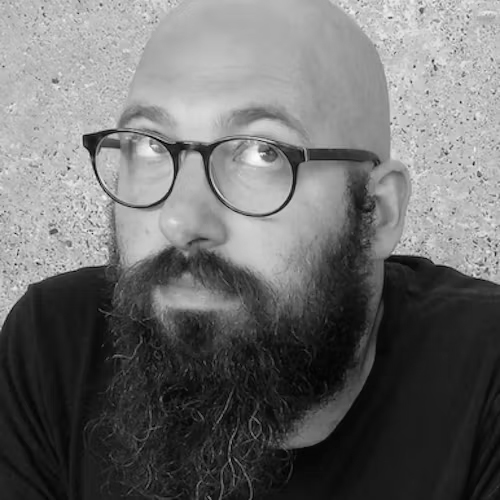Why union membership hit a historic low even as numbers climbed
Labor unions added thousands of new members last year, but still hit their lowest share of the overall job market to date


The Bureau of Labor Statistics reported on Thursday that union membership rates dropped to just 10.1 percent of the overall job market in 2022, marking a historic low in the overall share of union membership in the broader national job market. While 2022's record low percentage comes at the tail end of a decades-long decline in union membership rates from its peak of 20.1 percent in 1983 — the first year the government began calculating labor membership data — the BLS notes that the number of union members actually increased by more than a quarter of a million people between 2021 and 2022. Taken together, the two pieces of data aren't as incompatible as they might seem at first glance, and ultimately point to the challenges unions face as the country's labor force continues recovering from the damage wrought during the COVID pandemic's peak. Here's everything you need to know:
What does the data actually show?
First, it's important to clarify just who participated in the federal study. As the Bureau explained in its release, the data collected came "as part of the Current Population Survey (CPS), a monthly sample survey of about 60,000 eligible households that obtains information on employment and unemployment among the nation's civilian noninstitutional population age 16 and over." Using that cumulative data culled over the course of 2022, the Bureau determined that "the total number of wage and salary workers grew by 5.3 million (mostly among nonunion workers), or 3.9 percent." Crucially, it also found that "The number of wage and salary workers belonging to unions, at 14.3 million in 2022, increased by 273,000, or 1.9 percent, from 2021."
It's that discrepancy between significant job growth overall, and the conspicuously less-robust growth of union jobs in particular that explains why union membership rates have declined, even as their actual member numbers increased over the past year.
The Week
Escape your echo chamber. Get the facts behind the news, plus analysis from multiple perspectives.

Sign up for The Week's Free Newsletters
From our morning news briefing to a weekly Good News Newsletter, get the best of The Week delivered directly to your inbox.
From our morning news briefing to a weekly Good News Newsletter, get the best of The Week delivered directly to your inbox.
The data also showed that the median weekly earnings of non-union workers were roughly 85 percent of that of their union peers, and that the number of workers represented by a union — regardless of whether they, themselves were members — ticked up slightly, to 16 million.
What are experts saying?
Understandably, opinions are mixed on what this latest tranche of data means for the American workforce and labor organizing. Focusing on the shrinking union density, labor writer Hamilton Nolan on Twitter lamented that "organized labor has no plan, no capacity, and no will to organize at the scale we need, and we need to be brutally honest about that in order to change it." Conversely, however, New York Times reporter Noam Scheiber cast the report in a decidedly more optimistic light, writing that "It's tempting to look at the 10.1 percent number and conclude that things went the wrong direction for the labor movement last year. But I'd argue that adding nearly 300K members is the more important figure, and decent news for organized labor."
"If the labor movement is adding 300K members each year, the percentage of unionized workers is generally going to increase over time," he added, offering a hypothetical inverse to Thursday's numbers, in which membership rates went up, while the total number went down. "If you just looked at the overall percent," he concluded, "you'd think it was great news for organized labor. But what actually happened was millions of people were losing their jobs, and union people were just less likely to be laid off."
The AFL-CIO couched its response to Thursday's announcement in a similarly upbeat tone, writing in a press release that "while the report indicates a slight drop in union density from 2021 to 2022, the data don't capture the surge in worker organizing across every sector, from teaching assistants to baristas to museum workers, construction workers, video game developers and many more. With the resurgence of union organizing and unprecedented federal investment in job creation, the labor movement is poised to grow significantly in the coming years."
A free daily email with the biggest news stories of the day – and the best features from TheWeek.com
What's the bigger picture?
Thursday's announcement comes on the heels of a number of high-profile organizing efforts at major corporations like Starbucks and Amazon, as well as union actions by groups such as hospital nurses and railway workers. While some economists and labor pundits saw the past few years of pandemic-induced economic instability as a golden opportunity for labor unions to leverage — and increase — their power as a result of worker shortages and a renewed focus on employee health and safety, the broad pressure from anti-union corporations and decades of downward momentum remain a significant impediment to the sort of explosion in union expansion many thought might happen as a result of COVID-19. Still, while the latest numbers shared by the BLS show a long way to go for labor unions to recapture the same measure of influence, the seeds of that transformational resurgence may have been indeed been planted by the pandemic; the same year the union membership rates dropped to their historic low, a Gallup poll showed that the public approval of unions had hit a more than half-century high.
Rafi Schwartz has worked as a politics writer at The Week since 2022, where he covers elections, Congress and the White House. He was previously a contributing writer with Mic focusing largely on politics, a senior writer with Splinter News, a staff writer for Fusion's news lab, and the managing editor of Heeb Magazine, a Jewish life and culture publication. Rafi's work has appeared in Rolling Stone, GOOD and The Forward, among others.
-
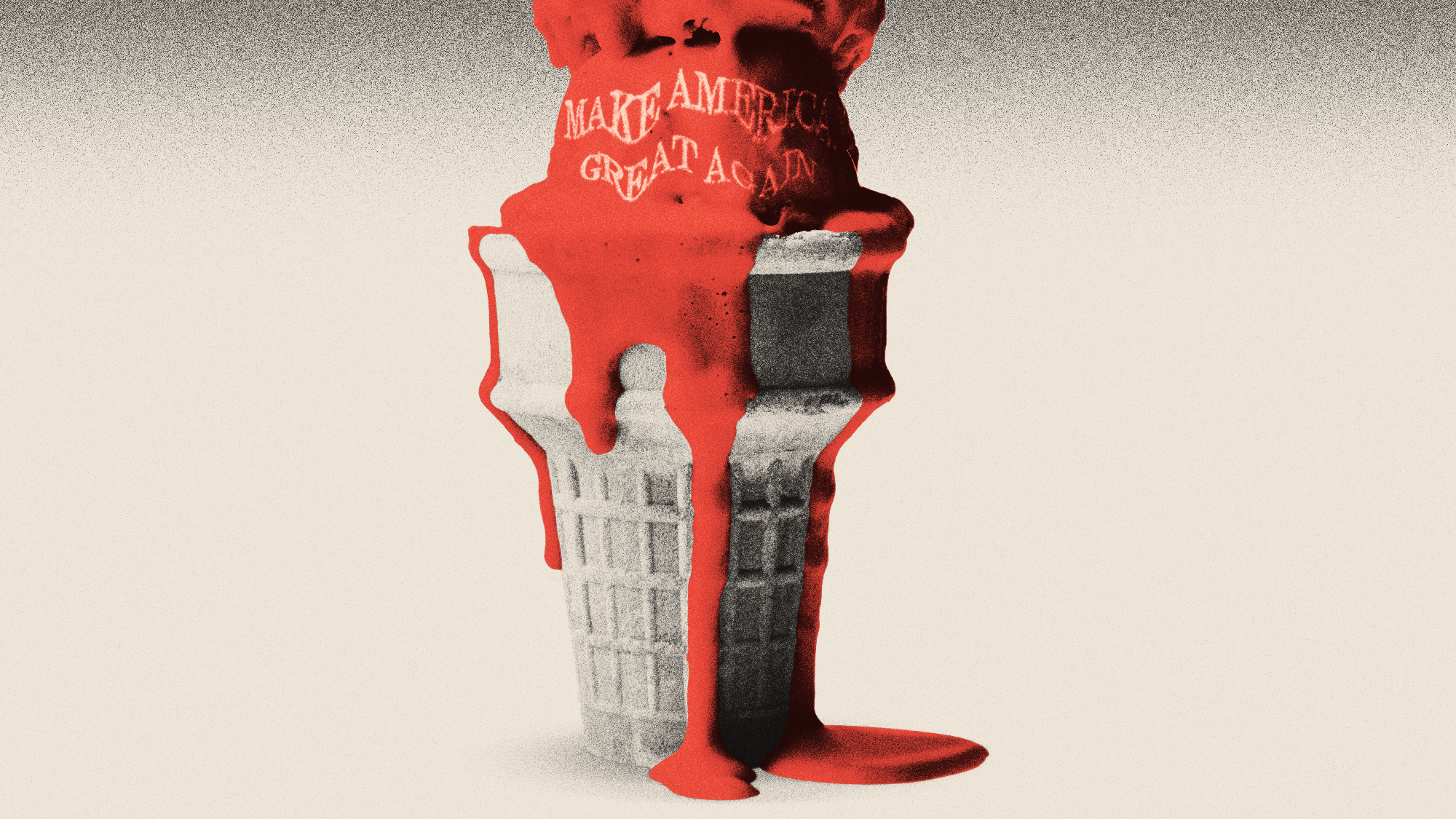 Is MAGA melting down?
Is MAGA melting down?Today's Big Question Candace Owens, Tucker Carlson, Laura Loomer and more are feuding
-
 Kushner drops Trump hotel project in Serbia
Kushner drops Trump hotel project in SerbiaSpeed Read Affinity Partners pulled out of a deal to finance a Trump-branded development in Belgrade
-
 Son arrested over killing of Rob and Michele Reiner
Son arrested over killing of Rob and Michele ReinerSpeed Read Nick, the 32-year-old son of Hollywood director Rob Reiner, has been booked for the murder of his parents
-
 ‘These attacks rely on a political repurposing’
‘These attacks rely on a political repurposing’Instant Opinion Opinion, comment and editorials of the day
-
 A crowded field of Democrats is filling up the California governor’s race
A crowded field of Democrats is filling up the California governor’s raceIn the Spotlight Over a dozen Democrats have declared their candidacy
-
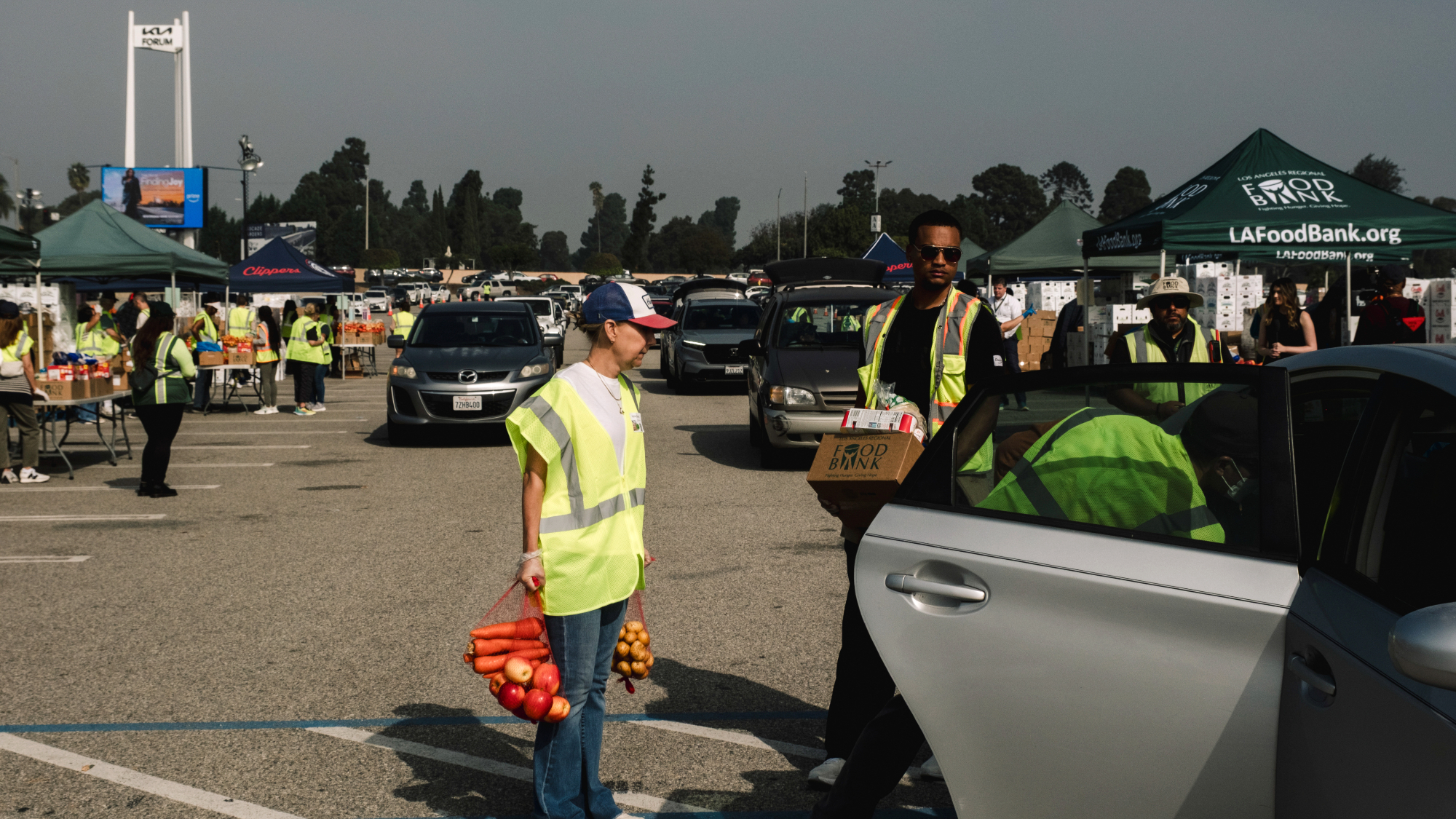 SNAP aid uncertain amid court rulings, politics
SNAP aid uncertain amid court rulings, politicsSpeed Read Funding for additional SNAP benefits ran out over the weekend
-
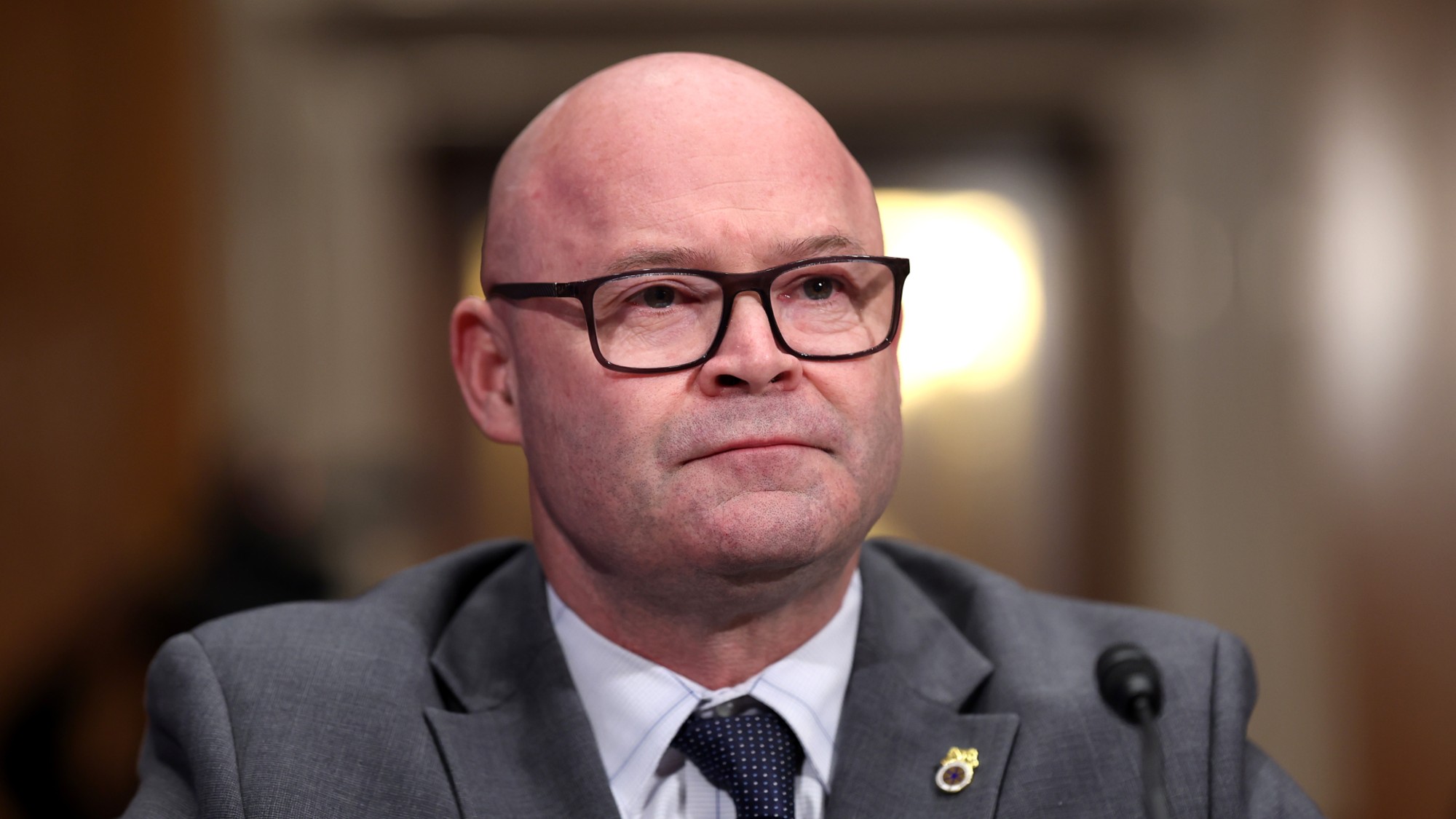 ‘Businesses that lose money and are uncompetitive won’t survive’
‘Businesses that lose money and are uncompetitive won’t survive’Instant Opinion Opinion, comment and editorials of the day
-
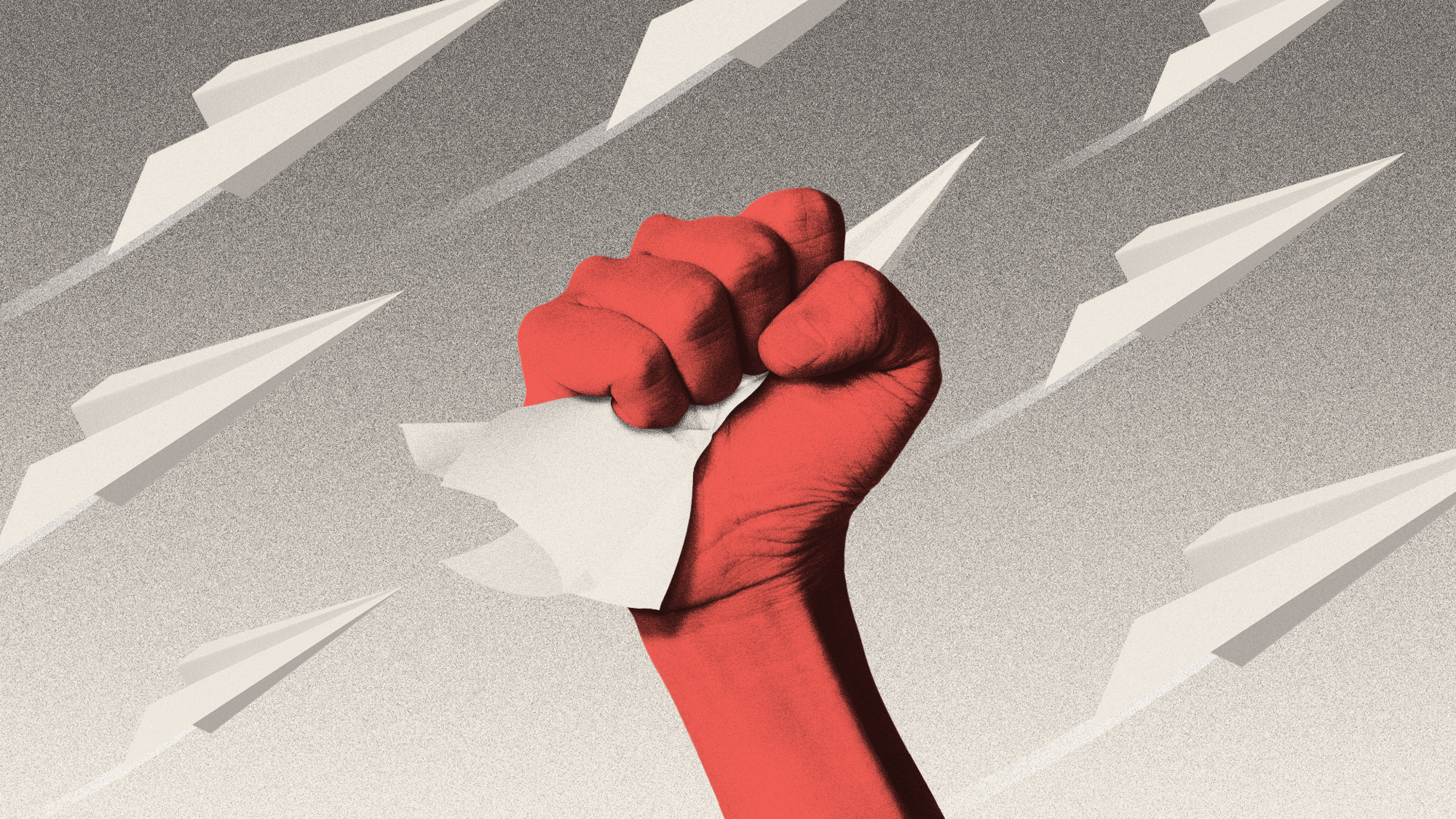 Could air traffic controllers help end the government shutdown?
Could air traffic controllers help end the government shutdown?Today’s Big Question The controllers were crucial in ending the last shutdown in 2019
-
 Why is this government shutdown so consequential?
Why is this government shutdown so consequential?Today's Big Question Federal employee layoffs could be in the thousands
-
 Trump’s plan for a government shutdown: mass firings
Trump’s plan for a government shutdown: mass firingsIN THE SPOTLIGHT As lawmakers scramble to avoid a shutdown, the White House is making plans for widespread layoffs that could lead to a permanent federal downsizing
-
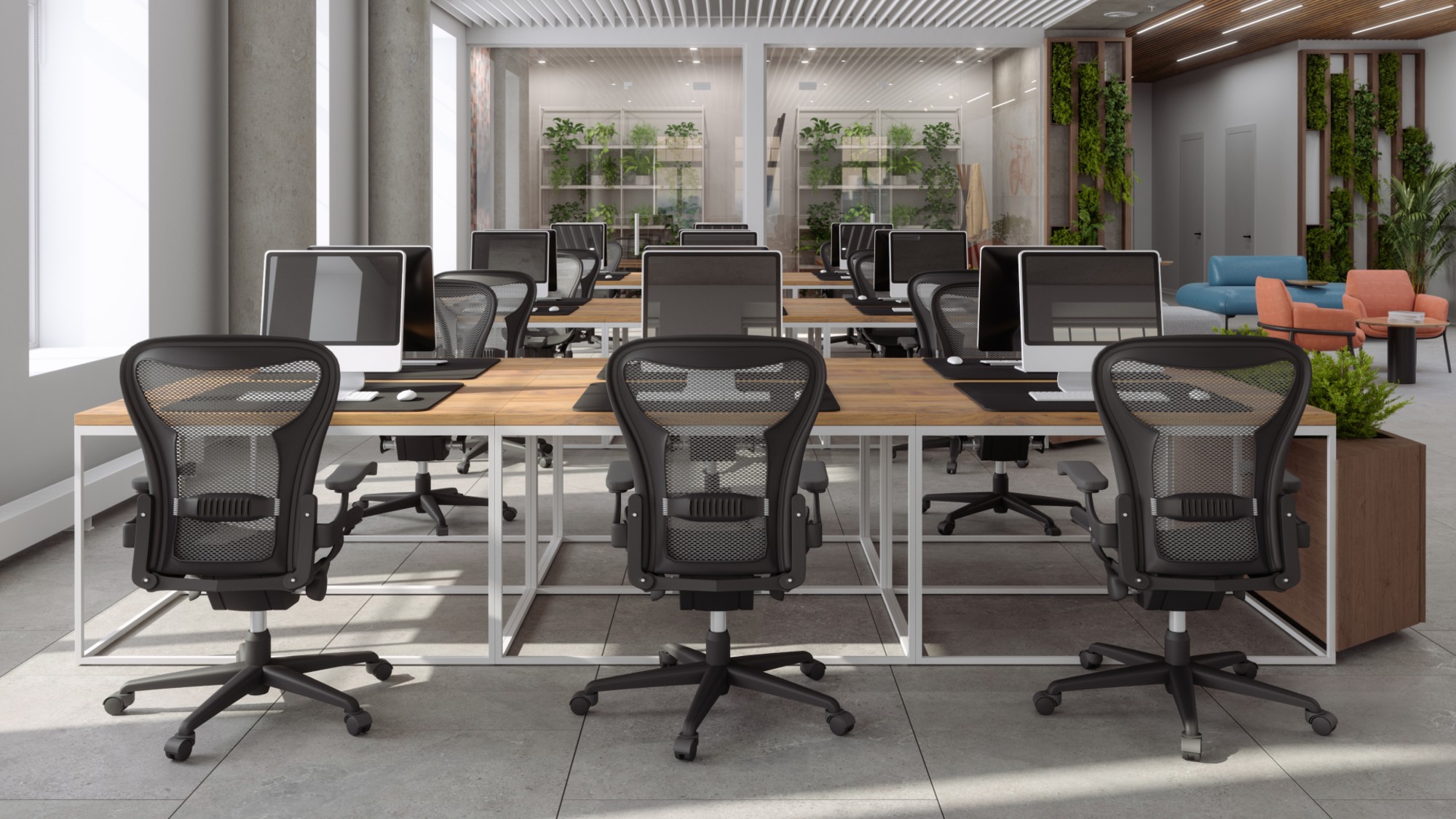 ‘Gen Z men are facing a surprise workforce crisis’
‘Gen Z men are facing a surprise workforce crisis’Instant Opinion Opinion, comment and editorials of the day
